I would like to know of a fast algorithm to determine if a directed or undirected graph is a tree.
This post seems to deal with it, but it is not very clear; according to this link, if the graph is acyclic, then it is a tree. But if you consider the directed and undirected graphs below: in my opinion, only graphs 1 and 4 are trees. I suppose 3 is neither cyclic, nor a tree.

What needs to be checked to see if a directed or undirected graph is a tree or not, in an efficient way? And taking it one step ahead: if a tree exists then is it a binary tree or not?